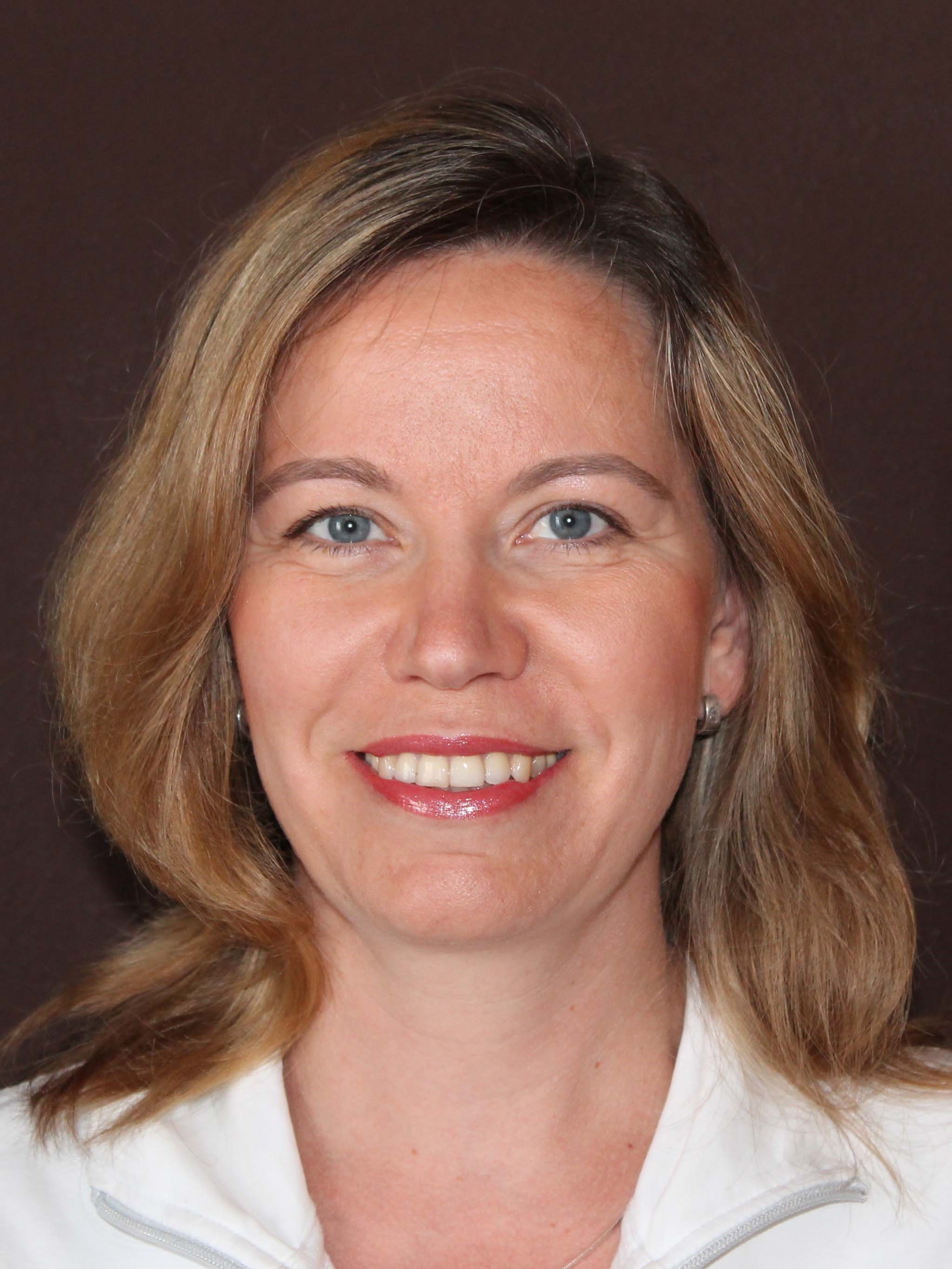Results
Cultivation and deployment of high biomass yielding non-food plants for energy production could contribute to the mitigation of global problems in climate change and energy security. Our project deals with the non-food perennial plant Silphium perfoliatum L. or cup plant – a species of an especially high ecological value. We aimed to lay the cornerstone for future breeding of cup plant and to evaluate it for new industrial applications. To ensure enough genetic diversity for breeding, HHUD established the collection of more than 40 S. perfoliatum accessions including the populations cultivated in Europe as well as natural populations gathered in the USA. The genetic analysis of the collection using tunable genotyping by sequencing (tGBS) revealed a reduced genetic diversity of the cultivated populations compared to the natural ones and suggested a monophyletic origin of the cultivated plants from a common American progenitor. The gained DNA sequences were used for detection of genetic polymorphisms associated with agricultural traits and development of molecular markers. New interspecific hybrids produced between S. perfoliatum and seven related Silphium species suggested the possibility to transfer favourable traits from wild species into the cultivated crop. To evaluate the agronomic, morphological, industrial and compositional parameters of cup plant two new fields composed of the cultivated and the new American accessions were established at the Campus Klein Altendorf. The partner BONN examined different accessions with regard on their agronomical parameters and feasibility for material use. Five cultivated accessions have been phenotyped for at least six morphological traits in 2017 and 2018 and ranked according to their biomass yield, parenchyma content and lodging resistance. First phenotyping of the American accessions achieved in 2018 has demonstrated that some of the accessions are able to deliver even higher dry matter yield than the common cultivated ones. Favourable insulating characteristics of S. perfoliatum with its high parenchyma content and a pore volume similar to expanded polystyrene (Styrofoam) represented a good starting point for the production of building material,like pour-in insulation. Furthermore, cup plant biomass was utilized as raw material for the paper industry. It was possible to produce pour-in insulation containing 37% of Silphium biomass and paper containing 25% of Silphium biomass with properties comparable to established raw materials. Aiming at cascade utilization of cup plant biomass, RWTH was searching for new value-added compounds in S. perfoliatum and the related Silphium species. As a result, several compounds suitable for medical applications were extracted. These include the flavonole glycosides kaempferol-3-O-β-rutinoside, quercetin-3-O-glucopyranoside and quercetin-3-O-β-rutinoside with anti-inflammatory and anticarcinogenic effects as well as chlorogenic acid with an anti-oxidant effect.In order to increase the value of the residual biomass, the suitability of S. perfoliatum in a biorefinery process was proved. We could show a similar performance of S. perfoliatum in terms of glucose recovery after pretreatment and enzymatic hydrolysis compared to European beach (Fagus sylvatica), a model compound for forest residues. However, S. perfoliatum hydrolysate contains fermentation inhibitors, which need to be studied further. In general, the project performed according to the time schedule, most of the milestones were achieved successfully. Our combined efforts provided a broader spectrum of applications for the cup plant rendering the cultivation of this crop more attractive for farmers and industry.

Participating Core Groups
Coordinator
Prof. P. Westhoff, Dr. E. Pestsova, Entwicklungs- und Molekularbiologie der Pflanzen, Heinrich-Heine-Universität Düsseldorf
Partners
Prof. R. Pude, Nachwachsende Rohstoffe, Universität Bonn
Dr. N. Anders, Prof. A.C. Spieß , AVT – Enzymprozesstechnik, RWTH Aachen
Contact
Dr. Elena Pestsova
Entwicklungs- und Molekularbiologie der Pflanzen
Heinrich-Heine-Universität
Universitätstr. 1, Geb. 26.03.02
40225 Düsseldorf
Tel.: 0211 8112344
Fax: 0211 8114871
E-mail: Elena.Pestsova@hhu.de
Project duration
01.11.2015 - 31.10.2018
Funding budget
The total budget of SPREAD is € 656.739. SPREAD is part of the NRW-Strategieprojekt BioSC and thus funded by the Ministry of Innovation, Science and Research of the German State of North Rhine-Westphalia.
Press releases:
Von einer indianischen Heilpflanze zum nachwachsenden Rohstoff: HHU Magazin, 03.2015
Suche nach der „Durchwachsenen Silphie“ - Forschungsreise in die US-Prärie; HHU online, 16.08.16